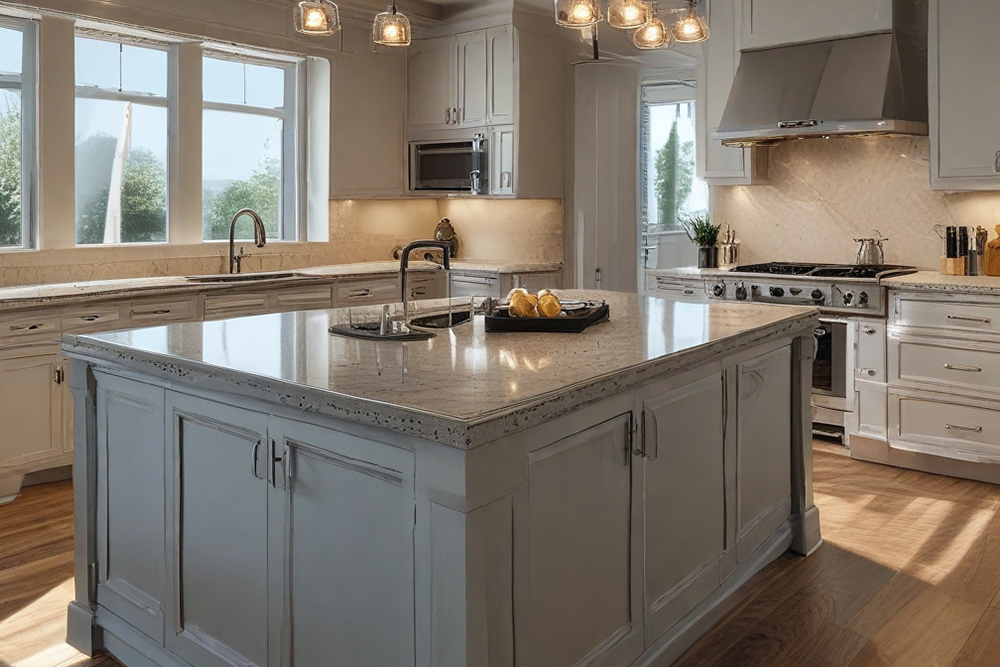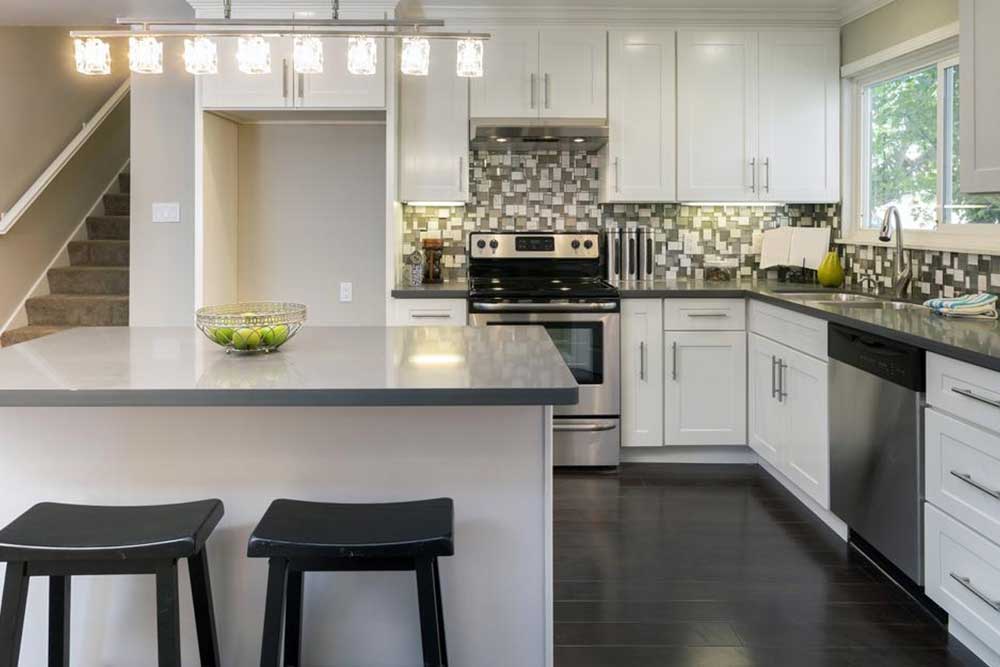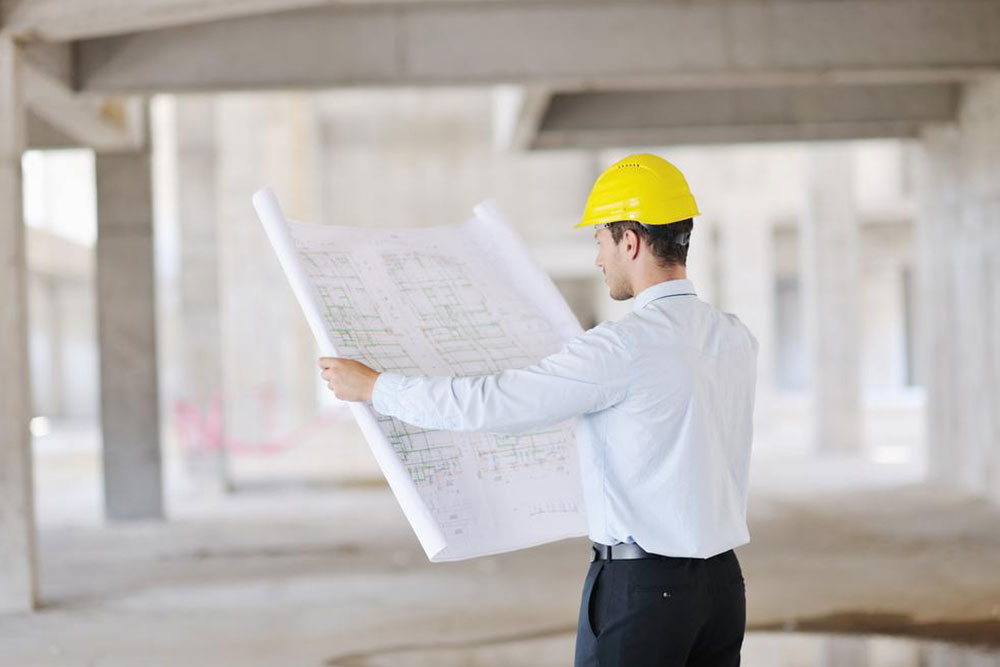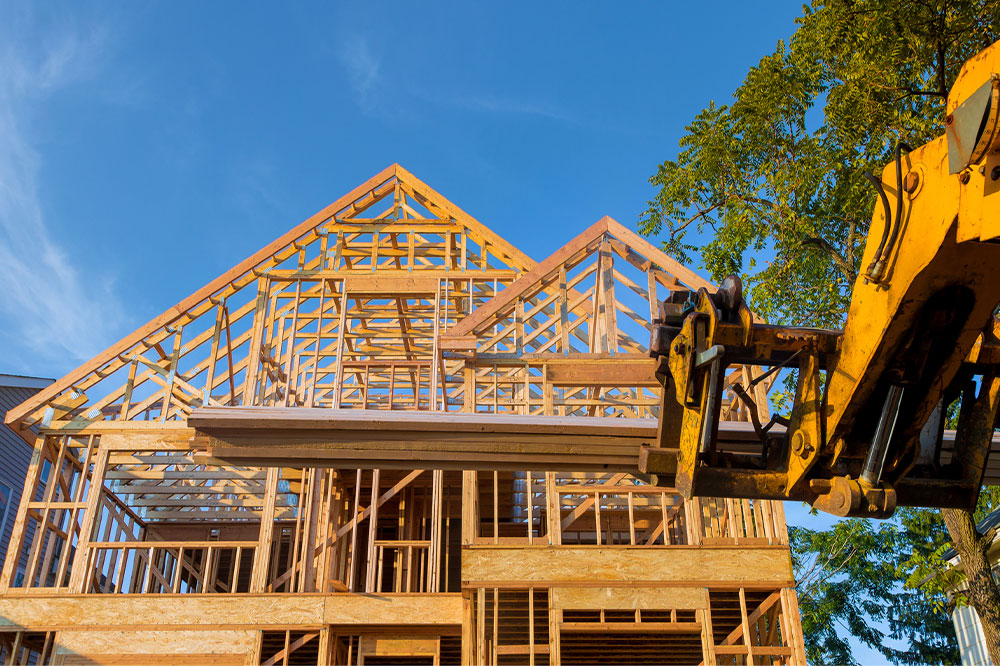Essential Guide to Estimating Construction Expenses: Key Considerations and Best Practices
Learn how to accurately estimate construction costs by understanding key factors like project size, materials, labor, and legal requirements. This guide offers practical tips to manage budgets, prevent overruns, and select the right professionals for your building project. Ensuring precise financial planning helps avoid surprises and keeps your project on track from start to finish.
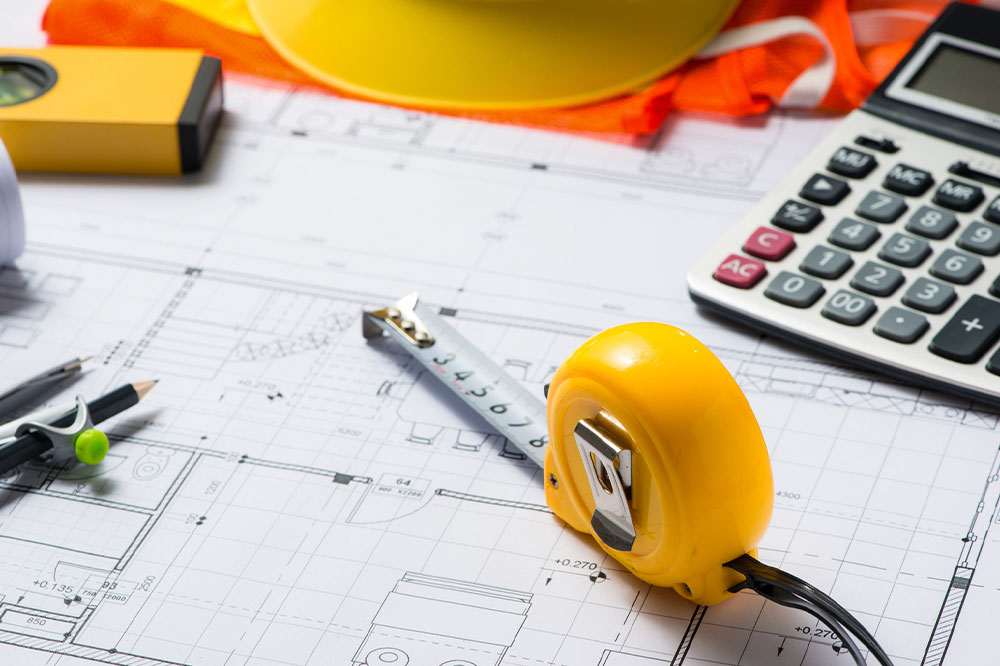
Essential Guide to Estimating Construction Expenses: Key Considerations and Best Practices
Estimating construction costs involves assessing all resources needed to complete a building project. This includes contractor fees, raw materials, labor, equipment rentals, and transportation. Once a design is finalized, calculating the expected costs becomes the next critical step. Many professionals utilize specialized software or tools to streamline this process. Accurate estimates are vital for project initiation and budgeting, making preparation and planning essential regardless of the method used.
Important Factors Influencing Costs
Various elements impact the overall expenses of commercial construction. The cost per square foot can vary substantially based on location, selected materials, and labor conditions. The type and finish quality of the structure also significantly affect total costs.
Below are key aspects to consider:
Economic Factors: Interest rates and inflation levels can influence building costs. Elevated rates often drive up material prices and labor wages, affecting overall budgets.
Project Scale: The size and scope of a project determine its resource needs. Larger structures demand more materials and labor, often extending timelines and increasing expenses.
Material Choices Material selection plays a crucial role in costs. Opting for custom or rare materials can significantly escalate per-square-foot expenses.
For example, opting for premium finishes and unique materials will increase cost per unit area.
Labor Costs: Labor prices vary regionally; areas with strong union influences tend to have higher wages, impacting total construction costs.
Regulatory Considerations: Building codes and permit requirements can influence expenses. Ensuring compliance may necessitate additional resources or adjustments, driving up costs.
Average Building Costs in the U.S.
National averages for home construction hover around $330,000, yet costs can range from $100,000 for basic rural homes to over $1 million for luxury urban residences. Currently, the median price for a new single-family home is approximately $446,000. Always seek multiple quotes and conduct thorough research before beginning a project, as costs vary based on specific factors.
Practical Tips for Cost Estimation
Accurately estimating construction costs demands considering multiple factors. Use these tips to enhance your budgeting process:
Seasonality Matters: Building costs fluctuate with seasons; during periods of economic growth and low unemployment, labor prices tend to rise. Also, factor in costs for heating or climate control during colder months.
Additional Expenses to Anticipate: Plan for potential extra costs such as:
Site Preparation Clearing land, removing obstacles, or grading may increase expenses.
Permitting Fees Building permits for utilities, occupancy, and zoning are necessary and can add to overall costs.
Select a Reliable Contractor: Choose a builder with experience in your project type, ensuring quality, timely completion, and adherence to the budget.
Opt for Pre-Designed Options: Using pre-existing designs or models can reduce decision-making time and costs, with some room for customization.
Manage Cost Overruns: Limit design changes during construction. Keep in mind that amendments often increase costs beyond initial estimates. Reputable builders can quantify potential changes to keep your project on budget.
Starting with precise cost estimations helps prevent surprises, ensuring your project remains financially feasible. Understanding all requirements and potential unforeseen expenses is key to successful budgeting.





